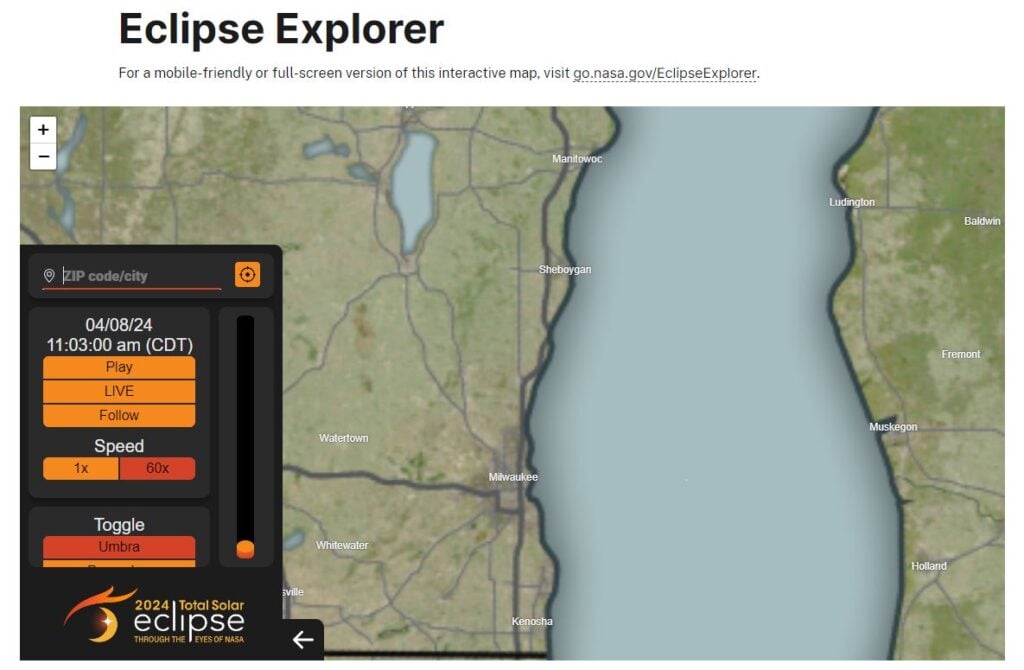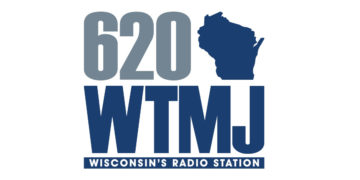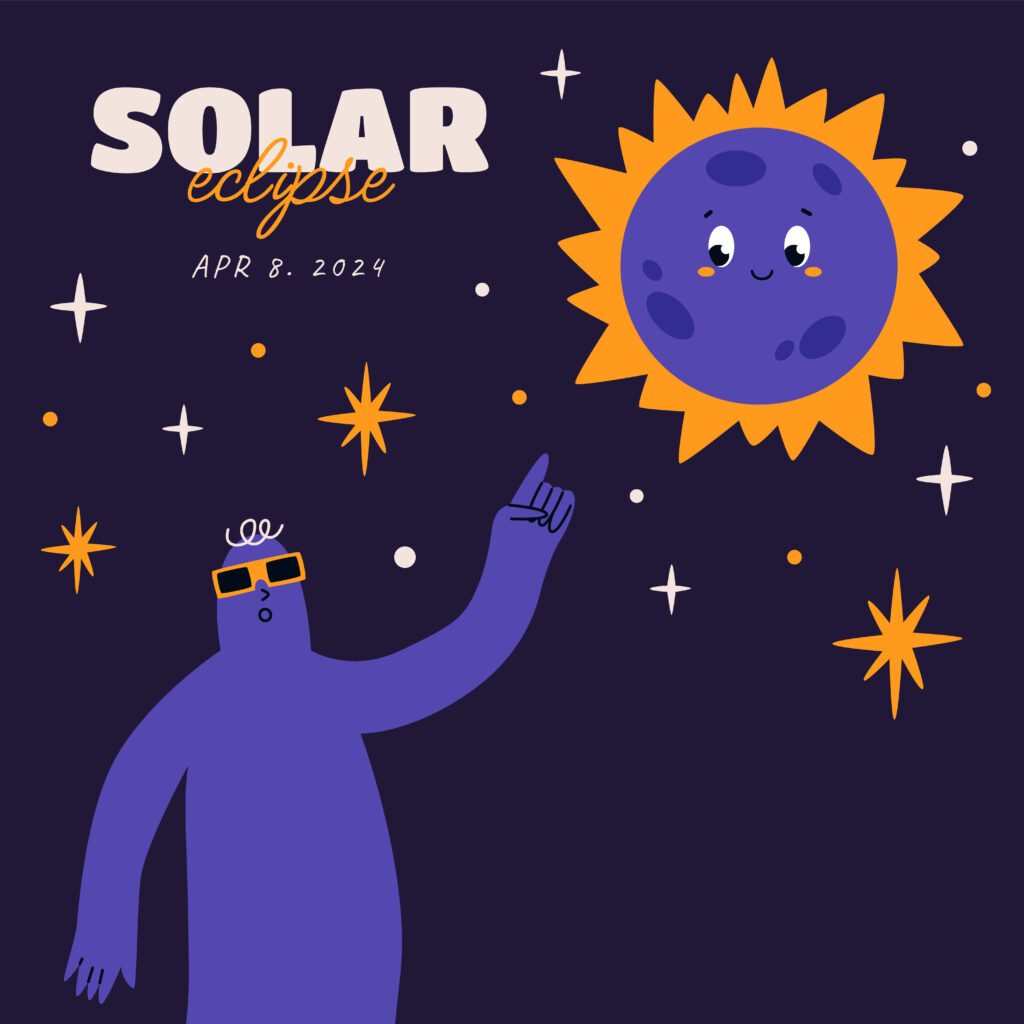
This is a relatively rare occurrence to get a TOTAL eclipse in the continental U.S. but everyone is all a-buzz. You’ll want to know how to watch it safely.
But really, what IS an eclipse?
Director of UWM Planetarium, Dr. Jean Creighton explains, “A solar eclipse is the magic moment that the moon comes exactly between us and the sun.”
Back in ancient times, storytellers would tell of the curses and mystical prophesies that were supposed to happen. A typical trope for most of your medieval sci fi fantasy stories. The thinkers would think, and eventually learn to predict these events.
“People for many thousands of years have realized that there are patterns for eclipses, and they occur every 18 years, 11 days, and 8 hours,” says Creighton.
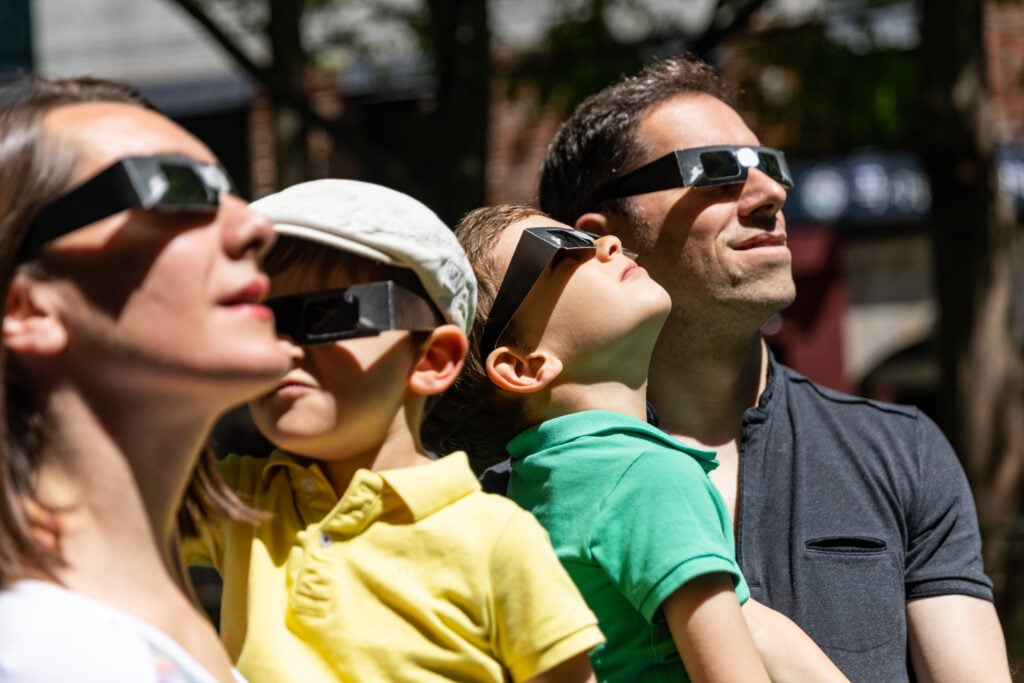
Most of society has long ago, abandoned the mystical panic that comes with the temporary darkening of the skies during an eclipse. Now, it’s a mere novelty for the vast majority of folks, but there’s actually more to it than watching a random shadow cross the land.
According to NASA, the blocking of most of the solar energy becomes really useful and Eclipses are literally the only times this type of research can be done from earth relatively safely.
We need to know about this to learn how to protect our over 9000 satellites (that we know of) that are currently in orbit around Mother Earth.
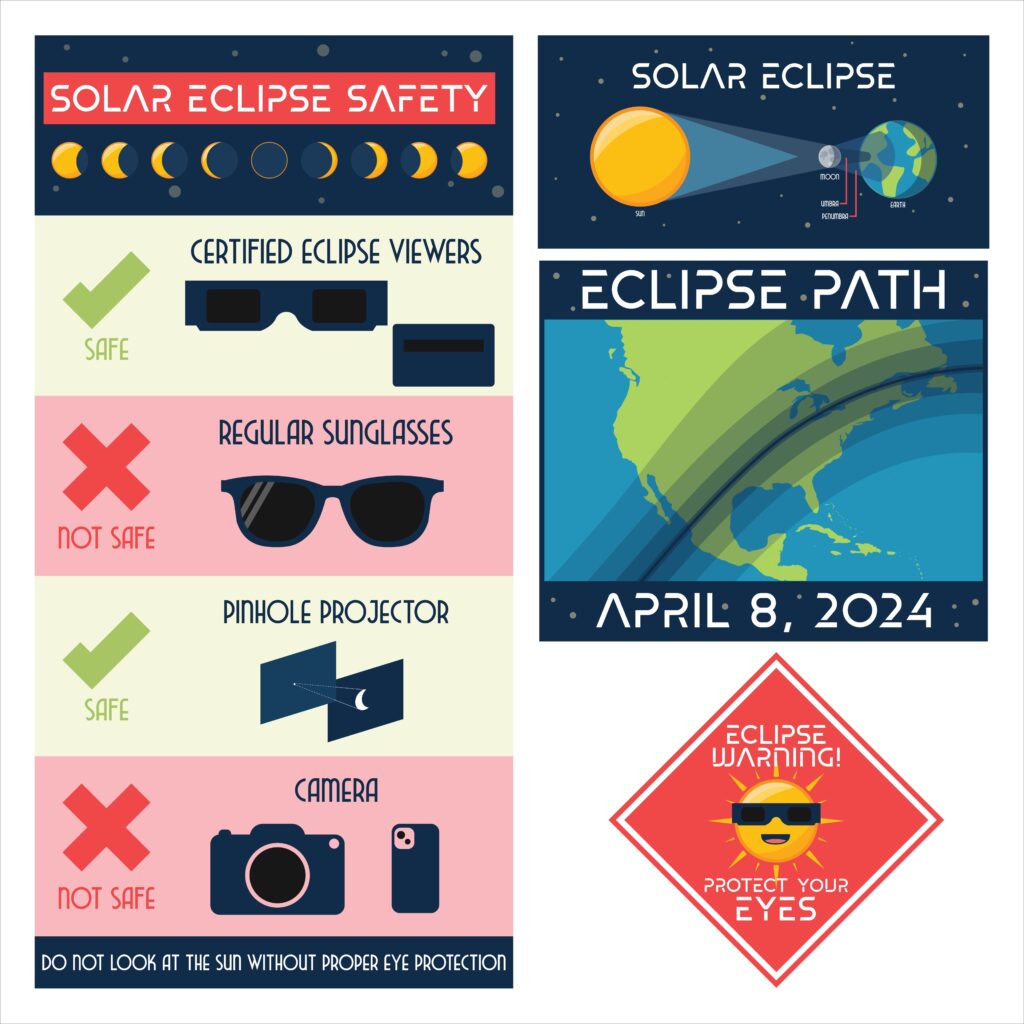
So, what do we need to remember about finally seeing this phenomenon?
First of all, it’s not a TOTAL eclipse everywhere.
“Not in Milwaukee, we should be clear on that. We get a 90% coverage, which is still better than what we had in 2017,” explains Creighton.
It should look like a big bite is being taken out of the sun. But we need to be careful if we really want to observe this.
“When the sun is its normal brightness, your eyes are trained to realize there’s only like a fraction of a second and it gets painful, it’s uncomfortable, the eye won’t allow it. The reason why an eclipse is dangerous is because your eye can look at it. The problem is it shouldn’t,” says Creighton
So what’s a self-respecting science nerd to do?
“There are ways of securing glasses, You can get glasses in advance, and you should. You want to get it from a reputable source,” suggests Creigton.
Remember, these are special glasses. Creighton explains, “Solar glasses are not sunglasses. The solar eclipse glasses block 99.9997% of the sunlight. Your sunglasses block 75% of sunlight. It’s not the same.”
But barring that, there are other safe ways to check this out, Creighton says, “The key is not to look at the sun. You can use something as simple as a colander. You put it upside down and you see little eclipses happening on the sidewalk. The point is you want to make sure that you don’t look at the sun directly.”
There are plenty of events locally that will let you watch the phenomenon safely.
- UWM Manfred Olsen Planetarium
- Milwaukee Public Museum Planetarium
- Horowitz-DeRemer Planetarium in Waukesha
- Wehr Nature Center
- Schlitz Audubon Center
NASA even has an interactive map that will show you what the sun will look like exactly where YOU are.
So even if we’re not worried about any local prophecies or breaking nasty curses, It might be worth it to try some of these events so you can catch this cool phenomenon now. After all, the next one to happen in the US wont be until August 23rd, 2044.
TOP STORIES FROM THE WTMJ NEWSROOM:
- President Biden visiting Madison to unveil student loan relief plan
- Human remains found near body part discovery on Milwaukee’s northwest side
- Simultaneous bomb threat and bank robbery in Pleasant Prairie
- Jessy Kurczewski sentenced to life in prison for 2018 murder of Lynn Hernan
- Summerfest announces final 2024 headliner, R&B star SZA
























